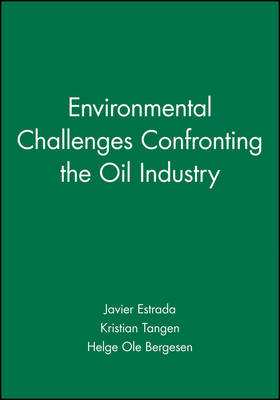The Petroleum Research Series in Petrolem Economics & Politics
2 total works
The Development of European Gas Markets
by Javier Estrada, Arild Moe, and Kare Dahl Martinsen
Published 31 August 1995
This volume studies the driving forces behind the development of the European gas market and the uncertainties facing the industry in Europe. There is widespread consensus within Europe about the advantages of natural gas to reduce air pollution and to enhance energy supply diversification. Thus taking into account these most fundamental prerequisites for increased gas demand, this volume addresses the more immediate question of how the conglomeration and organisation of European gas industries will be influenced by this latent demand potential. The purpose of this book is to focus both on the analysis of evolutionary organisational processes within the gas industry, and the pressures for change provoked by external forces such as interfuel competition, environmental imperatives and new trends in European economic policies. The potential for structural change in the organisation of the European gas industry is discussed, as well as the political, economic and commercial factors affecting its progress. With the present uncertainty as to whether the gas industry will take advantage of the obvious market opportunities that are opening up, this book takes a close look at the European gas industry at this time of change, and analyses how this process may develop and the possible implications this will have on the gas industry.
Environmental Challenges Confronting the Oil Industry
by Javier Estrada, Kristian Tangen, and Helge Ole Bergesen
Published 23 October 1997
Since the late 1980s, when the current tide of environmentalconcern began to rise, every improvement made by the oil industryhas been followed by new demands for further progress. New problemshave been placed on top of the old ones; first smog in the innercities and oil spills on the beaches, then acid rain and forest dieback followed by major tank disasters and renewed attention tourban air quality and finally, climatic change. The purpose of thisbook is to investigate whether the oil industry is able to extendand renew its social legitimacy as it faces its toughest agenda ina century the challenges stemming from its impact on theenvironment and the consequent public questioning of its role insociety. To find out whether and how the oil industry has respondedto environmental issues in general and climatic change inparticular, five indicators of change vision & image, R&D,investments, and government relations have been selected. Thesehave been assumed to be expressions of an environmental strategywhich can be identified as reactive, cautious or creative. Theempirical analysis begins with case studies of the environmentalresponse of five major oil companies: Shell, Exxon, BP, Amoco andStatoil. The next step is a case study of the refinery sector,which is the most environmentally sensitive part of the industry inmany ways. In addition, a brief description of how three industryassociations have tackled the same environmental issues isincluded. The main readership for this book will be policy makers,planners and researchers in the oil industry, and environmentalconsultants.

